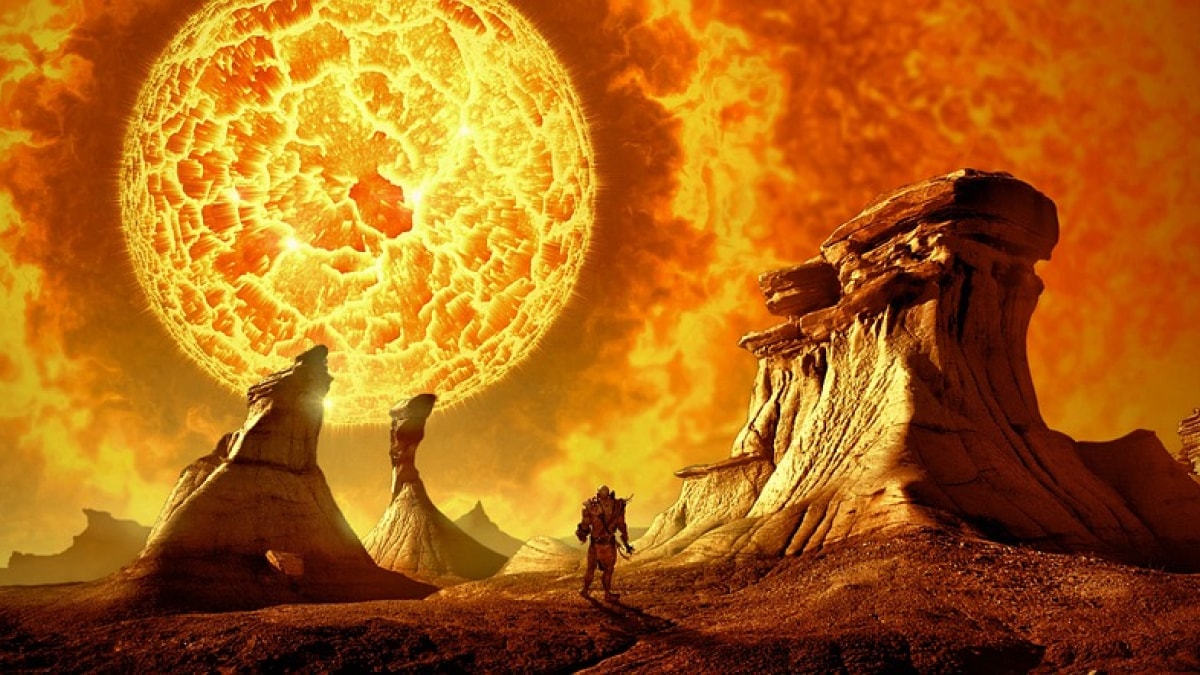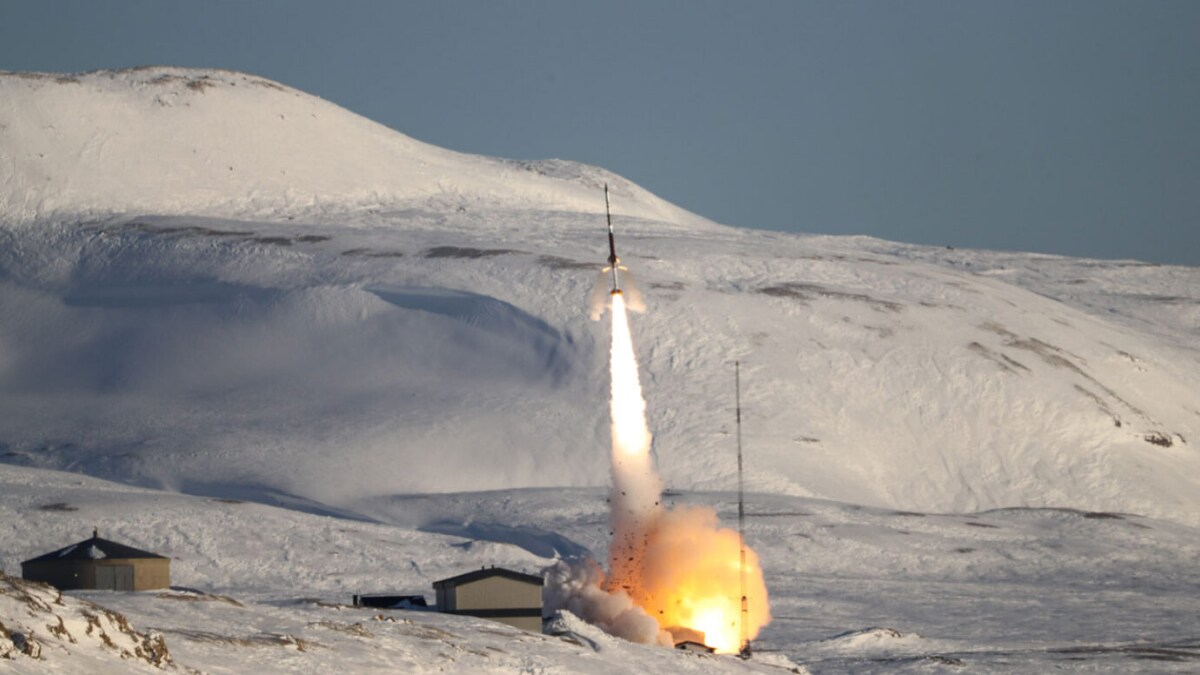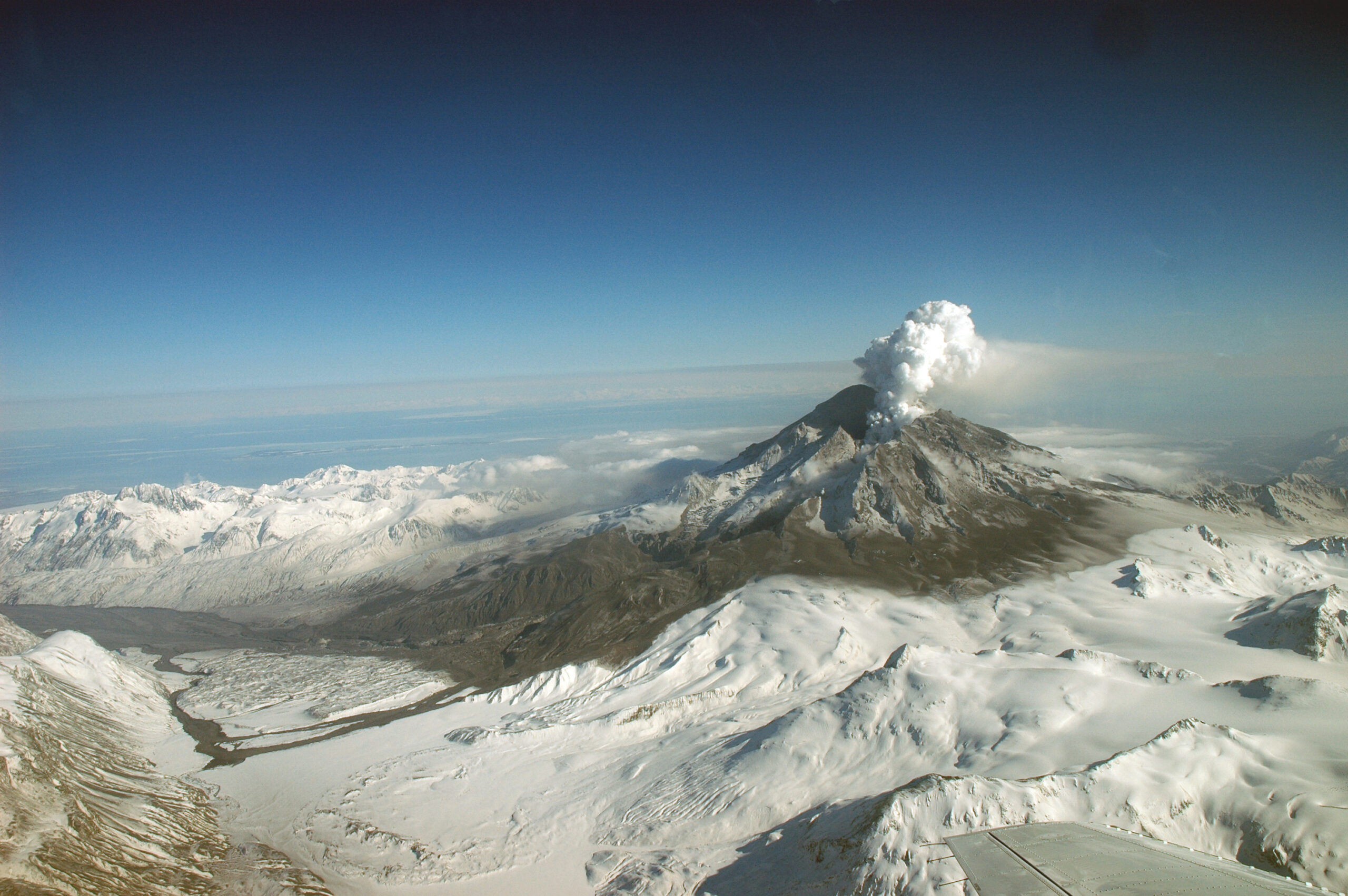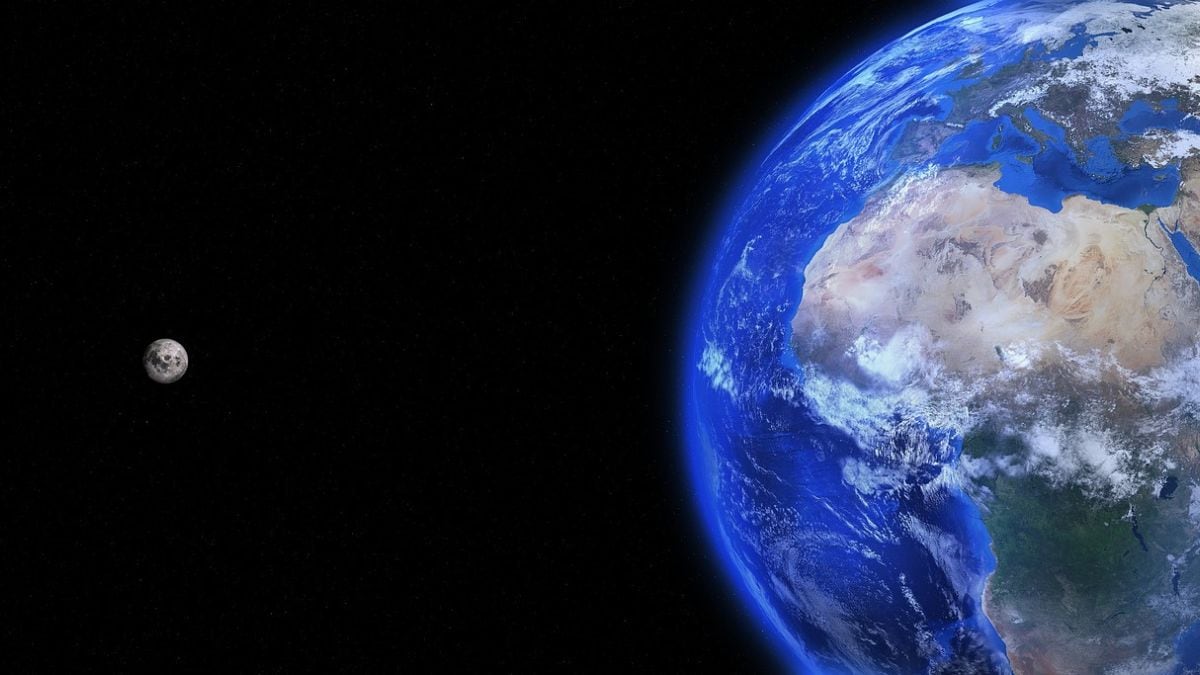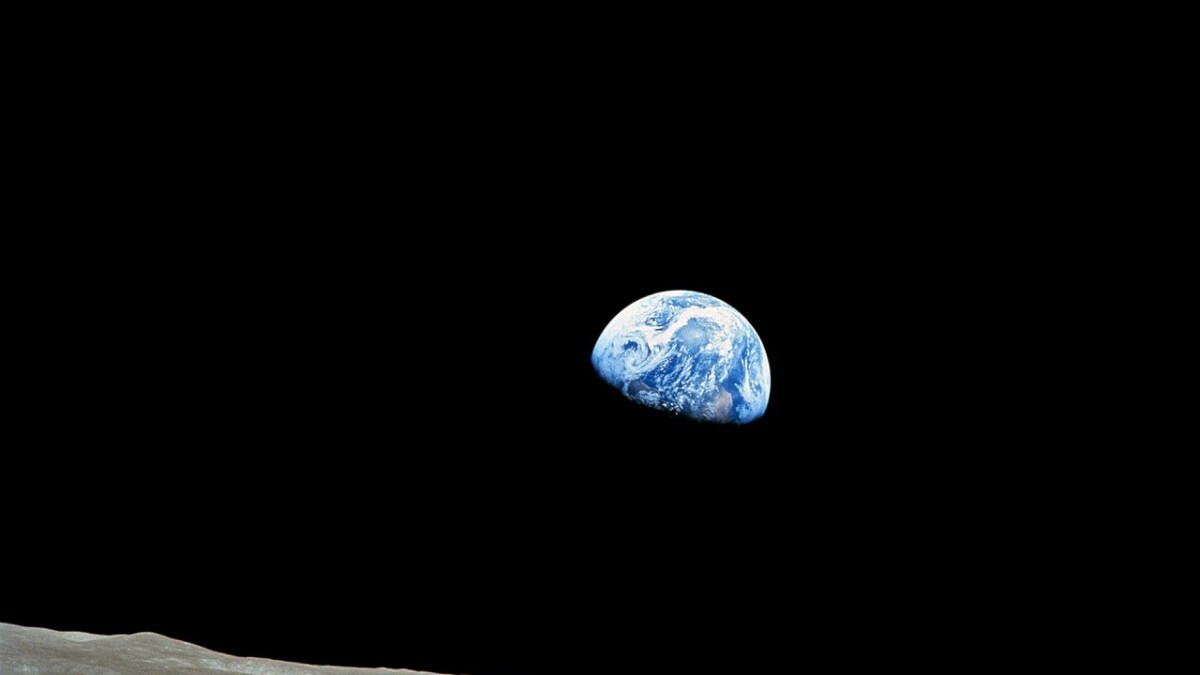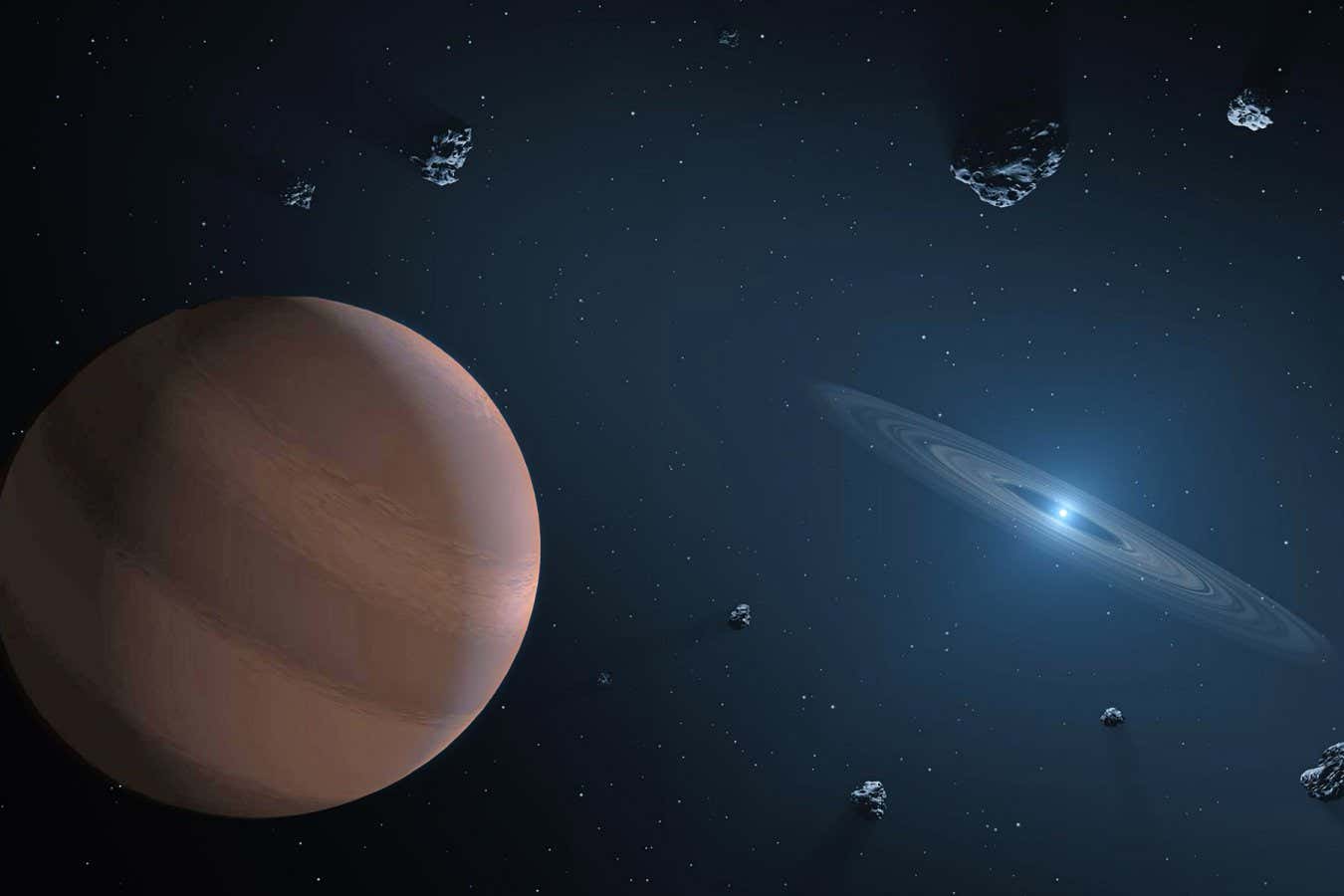A supernova, an explosive end to a star’s life cycle, has the potential to impact planets in its proximity, including Earth. If a star were to go supernova within close range of our planet, the radiation it emits could lead to catastrophic consequences for life as we know it. However, any significant threat would depend […]
A faint electric field has been detected in Earth’s atmosphere, confirming a theory that scientists have held for decades. This ambipolar electric field, though weak at just 0.55 volts, could play a vital role in shaping Earth’s atmospheric evolution and its ability to support life, according to recent findings. Glyn Collinson, an atmospheric scientist at […]
Data from NISAR will improve our understanding of such phenomena as earthquakes, volcanoes, and landslides, as well as damage to infrastructure. We don’t always notice it, but much of Earth’s surface is in constant motion. Scientists have used satellites and ground-based instruments to track land movement associated with volcanoes, earthquakes, landslides, and other phenomena. But […]
ASX-listed Critica has nailed a 67m drill hit going a significant 3,074 parts per million total rare earth oxides (TREO) at its Jupiter rare earths project in WA’s Mid West region. Notably, the intersection, Critica’s best yet, ended in mineralisation, now begging the question; how big could it be? The hole was stopped prematurely at […]
Earth recently captured a small asteroid known as 2024 PT5, temporarily transforming it into a second moon. This rare event was confirmed by astronomers from Massachusetts Institute of Technology (MIT) and the Complutense University of Madrid, offering a glimpse into these elusive “mini-moons” that Earth occasionally holds within its orbit. However, Earth’s newly acquired companion is […]
A new celestial body, named 2024 PT5, has recently joined Earth’s orbit, marking an intriguing development in our understanding of near-Earth objects. Discovered on August 7, 2024, by the Asteroid Terrestrial-impact Last Alert System in Sutherland, South Africa, this mini-moon is approximately 10 metres (33 feet) in diameter. It officially entered Earth’s gravitational field on […]
A distant planet should have been consumed when its star expanded to become a red giant, perhaps offering insights into planetary migration Source link
